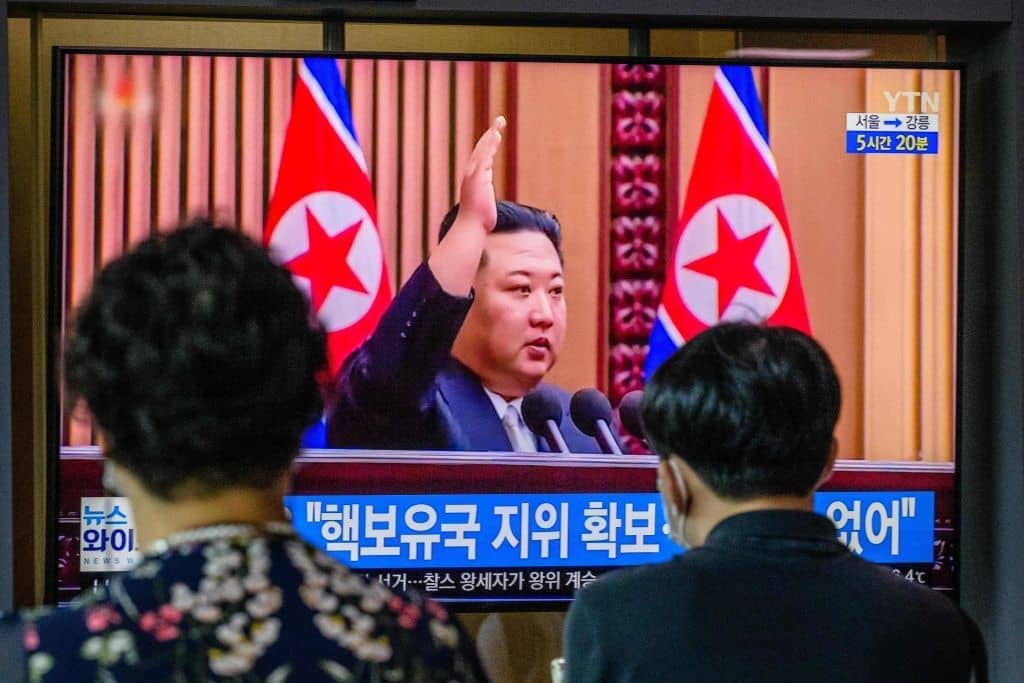North Korea is hardly the first country that comes to mind when you think of elections. Yet since the inception of the Democratic People’s Republic of Korea in 1948, parliamentary and local polls have, in fact, taken place. The former occur every four to five years and elect members of the Supreme People’s Assembly, the country’s rubber-stamp parliament and highest body of state authority. Since 1999, local elections have also been held, responsible for electing governors, mayors, and local assemblies at municipal, county, and provincial levels.
Predictably for a totalitarian regime, local elections – much like the Supreme People’s Assembly – are little more than a mere formality, with voter turnout usually at or around 100 per cent. Local elections at the end of November this year, however, seemed to buck this trend slightly, with voter turnout down slightly at 99.6 per cent, compared to 99.9 per cent four years ago.

Britain’s best politics newsletters
You get two free articles each week when you sign up to The Spectator’s emails.
Already a subscriber? Log in






Comments
Join the debate for just £1 a month
Be part of the conversation with other Spectator readers by getting your first three months for £3.
UNLOCK ACCESS Just £1 a monthAlready a subscriber? Log in